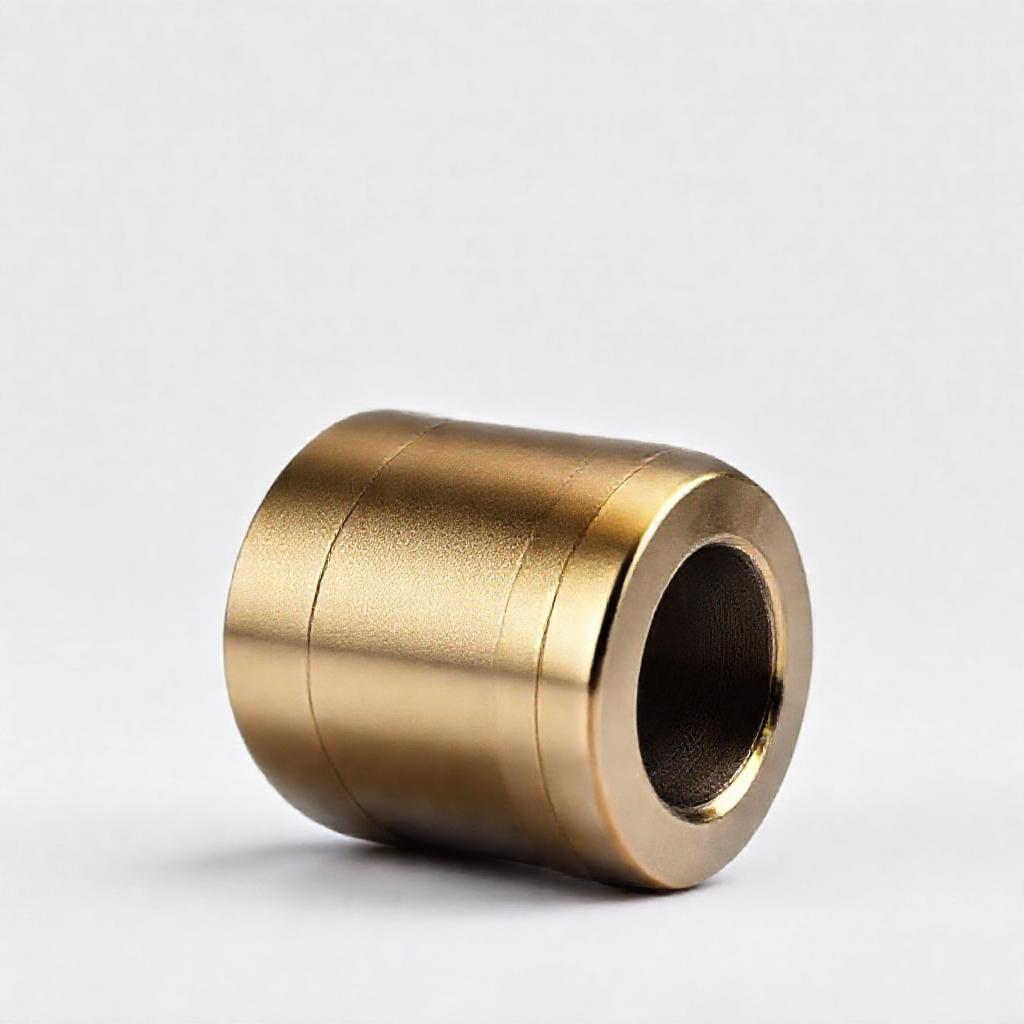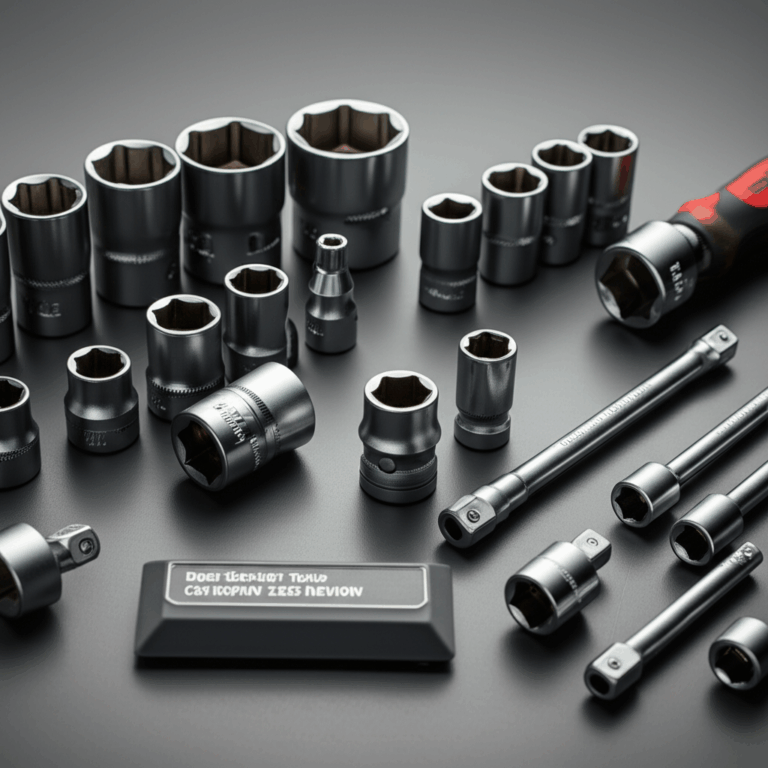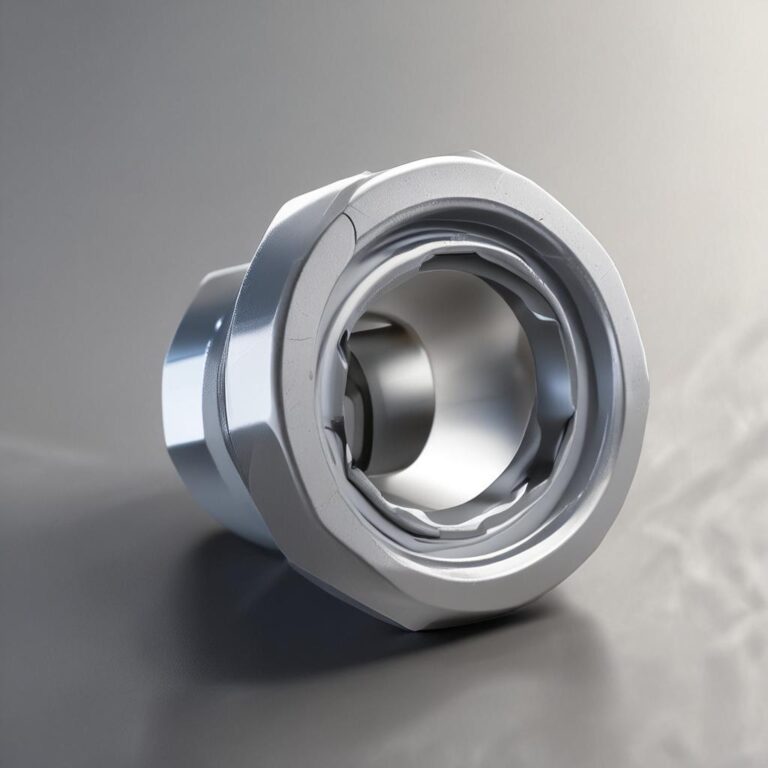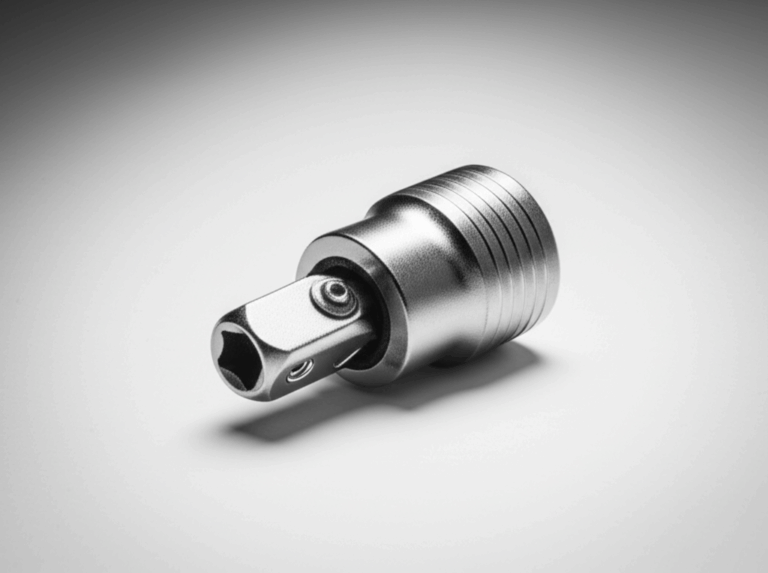What is Slack Adjuster Socket
When it comes to maintaining heavy-duty vehicles like trucks and buses, one of the most critical components to monitor is the braking system. Slack adjusters play a vital role in ensuring that brakes operate efficiently by maintaining proper clearance between brake shoes and drums. Over time, these components can wear down, requiring adjustments to keep the braking system in optimal condition. That’s where the slack adjuster socket comes in—a specialized tool designed to make these adjustments quick, accurate, and safe. Whether you’re a fleet mechanic or a truck owner, understanding this tool can help you keep your vehicle’s brakes in top shape, ensuring safety and performance on the road.
Understanding Slack Adjusters
What is a Slack Adjuster?
A slack adjuster is a crucial part of air brake systems in commercial vehicles. Its primary function is to translate the linear motion of the brake chamber into rotational movement, which adjusts the brake shoes against the drum. Proper adjustment ensures that the brake shoes maintain the correct clearance, allowing for effective braking without excessive wear or drag.
Types of Slack Adjusters
Slack adjusters come in two main types: manual and automatic. Manual slack adjusters require periodic adjustments by hand, typically using a slack adjuster socket. Automatic slack adjusters, on the other hand, self-adjust as brake linings wear out, reducing the need for manual intervention. While automatic adjusters are more convenient, manual adjusters remain common in many heavy-duty vehicles due to their durability and reliability.
Importance of Proper Slack Adjustment
Maintaining the correct slack adjuster setting is essential for braking efficiency and safety. Over-adjusted brakes can cause excessive drag, leading to premature wear and overheating. Under-adjusted brakes, meanwhile, may not engage fully, reducing stopping power and increasing the risk of accidents. Regular adjustments ensure that brakes operate at peak performance, extending their lifespan and keeping drivers safe.
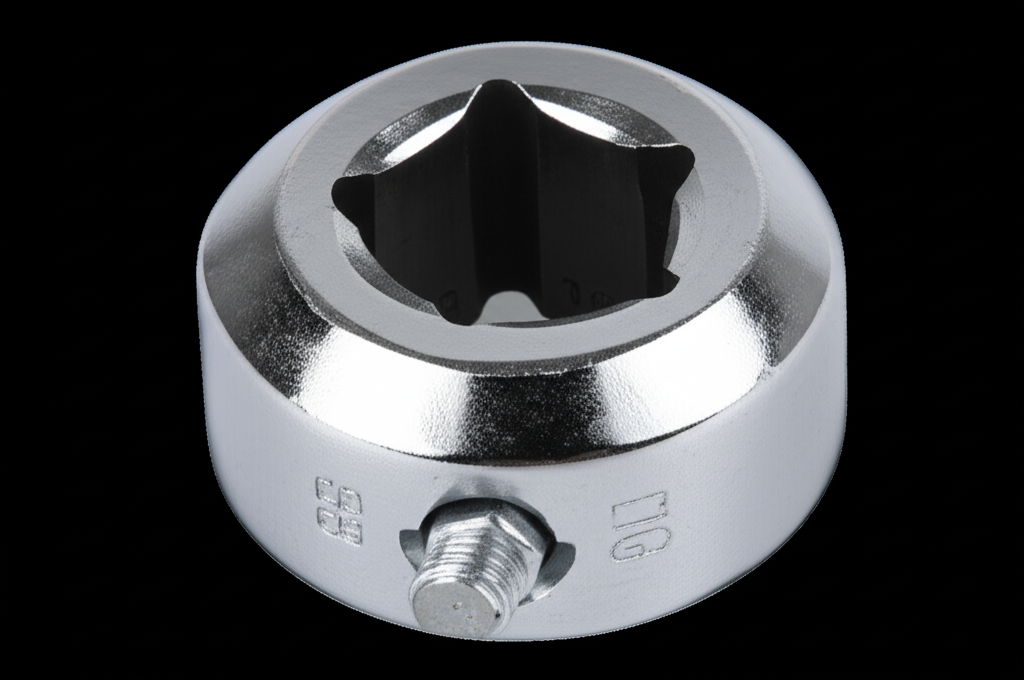
What is a Slack Adjuster Socket?
Definition and Purpose
A slack adjuster socket is a specialized wrench designed specifically for adjusting slack adjusters in air brake systems. Unlike standard wrenches, it fits snugly around the adjuster nut, allowing precise torque application without slipping or damaging the component. This tool is indispensable for mechanics and truck owners who need to perform brake adjustments efficiently and accurately.
Design and Features
Most slack adjuster sockets are hexagonal or square in shape, with a deep throat to accommodate the adjuster nut fully. They are typically made from durable chrome-vanadium steel to withstand high torque and resist wear. The size of the socket varies depending on the vehicle and adjuster type, so it’s essential to choose the right one for your application.
Compatibility with Vehicles
Slack adjuster sockets are primarily used on heavy-duty vehicles equipped with air brake systems, such as tractor-trailers, buses, and large trucks. They are also used on trailers and other commercial vehicles requiring frequent brake adjustments. Always verify the socket size and type before purchasing to ensure compatibility with your vehicle’s brake system.
How to Use a Slack Adjuster Socket
Tools Required
To adjust a slack adjuster, you’ll need the following tools:
- Slack adjuster socket (correct size for your vehicle)
- Breaker bar or torque wrench
- Rubber or plastic hammer (for automatic adjusters)
- Gloves and safety glasses
Step-by-Step Guide
Adjusting a slack adjuster is a straightforward process, but it requires precision. Here’s how to do it:
- Park the vehicle on a flat surface and engage the parking brake.
- Locate the slack adjuster nut on the brake chamber.
- Attach the slack adjuster socket to a breaker bar or torque wrench.
- Turn the adjuster nut clockwise to tighten or counterclockwise to loosen, ensuring the brake shoes move evenly.
- Check the brake stroke with a measuring tool to confirm proper adjustment.
- Repeat the process for all affected wheels.
Common Mistakes to Avoid
When adjusting slack adjusters, avoid these common errors:
- Over-tightening, which can cause brake drag and overheating.
- Using an incorrect socket size, leading to poor fitment and potential damage.
- Forgetting to check the brake stroke after adjustment.
- Adjusting brakes while the vehicle is in motion or on an incline.
Benefits of Using a Slack Adjuster Socket
Features table for Benefits of Using a Slack Adjuster Socket
Using a slack adjuster socket offers several advantages:
- Ensures precise and consistent brake adjustments, improving safety and performance.
- Saves time and effort compared to manual methods, streamlining maintenance.
- Reduces the risk of brake system failures by maintaining optimal clearance.
- Prevents damage to adjuster nuts and brake components due to improper tools.
Maintenance Tips for Slack Adjusters and Sockets
Regular Inspection
Inspect slack adjusters and brakes during routine maintenance, especially if you notice brake drag, uneven wear, or reduced stopping power. Check for excessive play, rust, or damage, and adjust or replace components as needed.
Cleaning and Care
Keep your slack adjuster socket clean and free of debris to prevent wear and ensure a proper fit. Store it in a dry place to avoid rust, and apply a light coat of oil to the socket and adjuster nut to protect against corrosion.
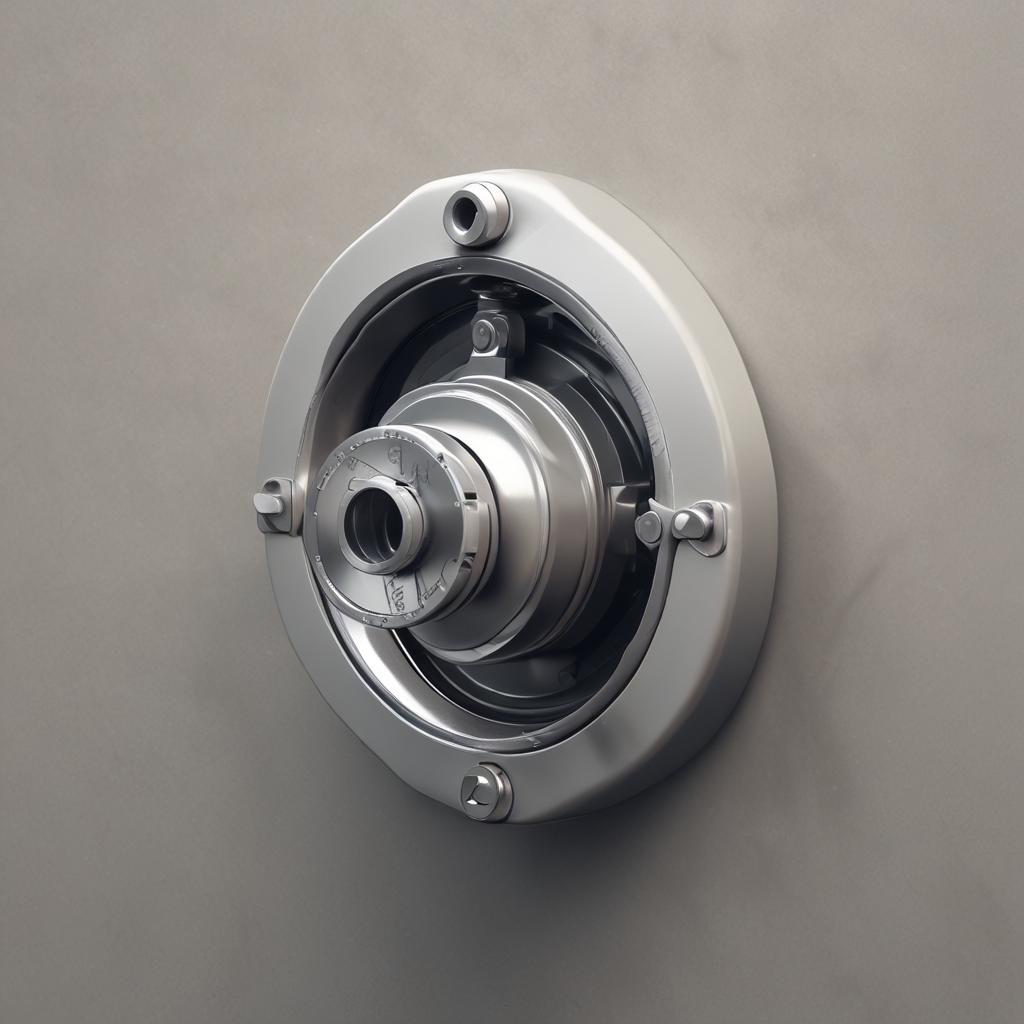
When to Replace
Replace a slack adjuster socket if it shows signs of wear, such as cracks, bends, or rounded edges. Similarly, replace slack adjusters if they are damaged, seized, or no longer function correctly. Regular replacement ensures reliable brake performance and safety.
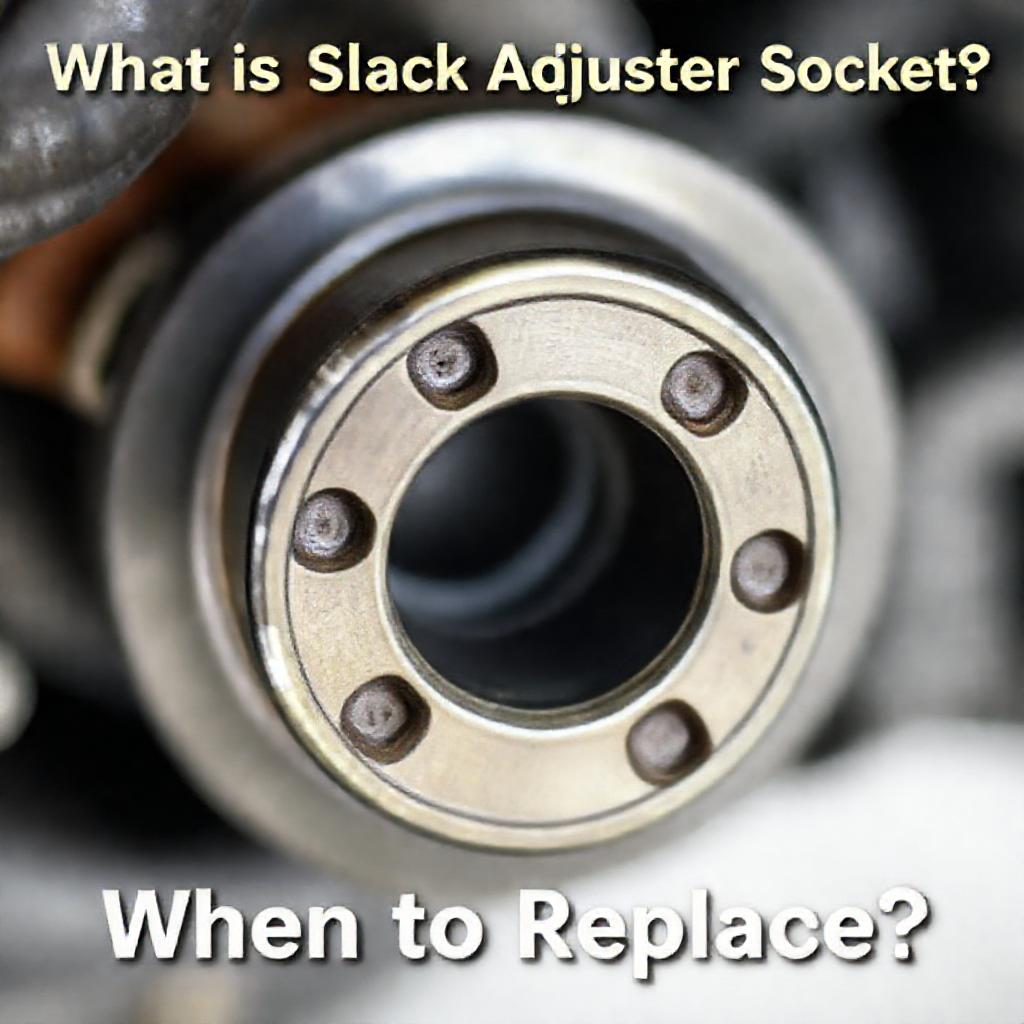
Conclusion
Slack adjusters are a critical component of heavy-duty braking systems, and maintaining them properly is essential for safety and efficiency. A slack adjuster socket is the right tool for the job, allowing precise adjustments that keep brakes functioning at their best. By investing in quality tools and following proper maintenance practices, you can extend the life of your braking system and ensure safe operation on the road. Whether you’re a professional mechanic or a truck owner, understanding and using a slack adjuster socket is a small but vital step in keeping your vehicle in top condition.
FAQ Section
What vehicles require a slack adjuster socket?
Primarily heavy-duty vehicles with air brake systems, such as trucks, buses, and trailers.
Can I use a regular wrench instead of a slack adjuster socket?
No, a slack adjuster socket is designed specifically for this task to ensure precision and safety.
How often should I adjust my slack adjuster?
It depends on usage, but regular inspections during routine maintenance are recommended.
What size slack adjuster socket do I need?
The size varies; check your vehicle’s manual or measure the adjuster to determine the correct socket size.
What happens if I don’t adjust my slack adjuster?
Improper adjustment can lead to brake failure, increased wear, and safety hazards.

